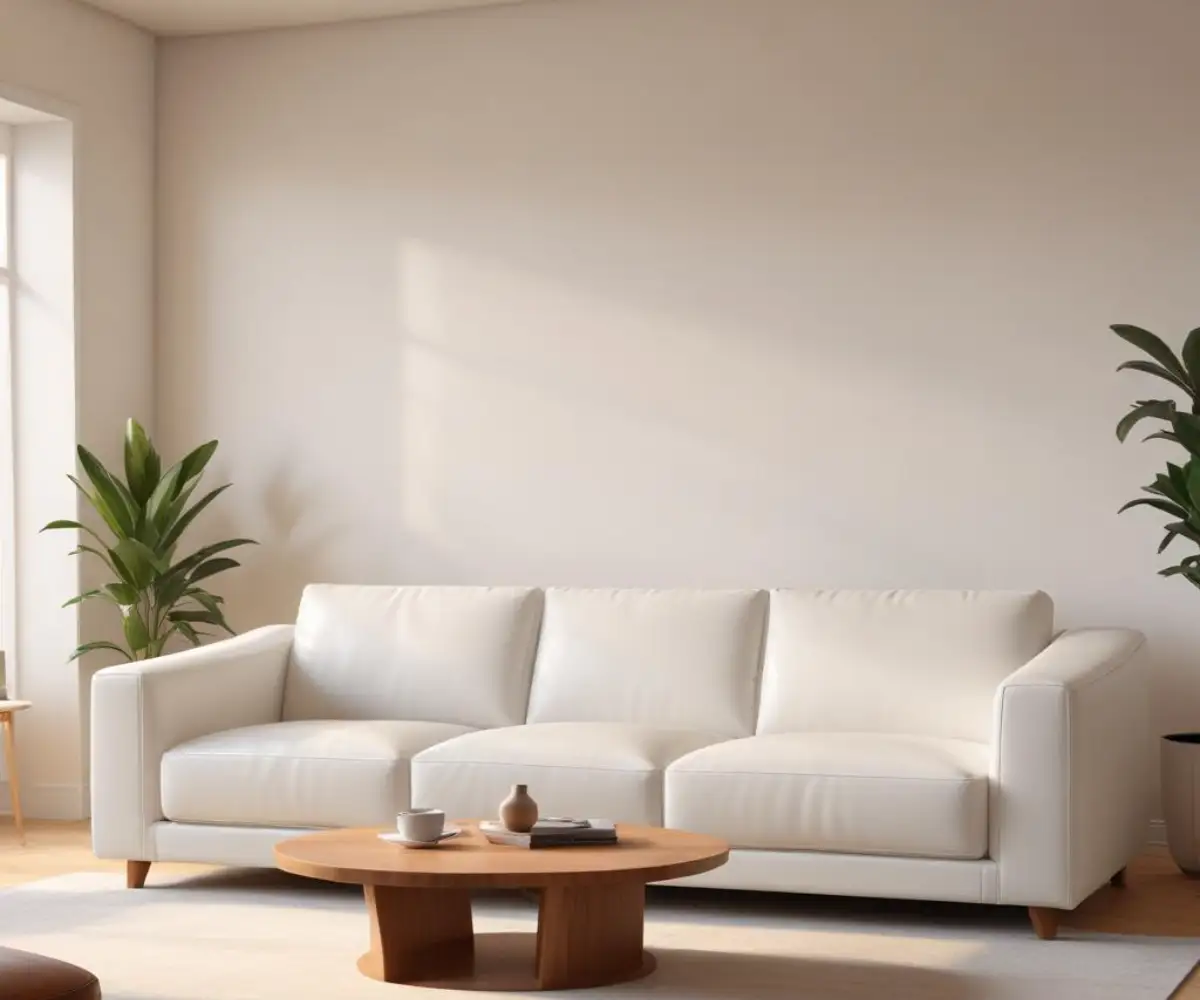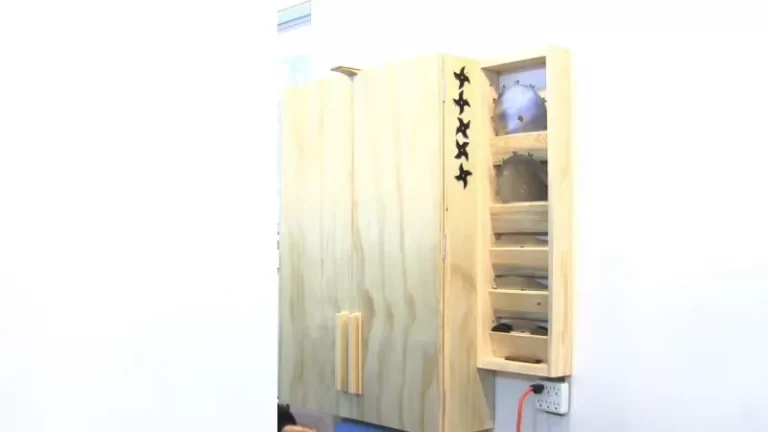Is a Decoro Couch a Smart Buy? The Truth Before You Spend
You’ve seen it. That stylish Decoro couch, often presented with an attractive price tag, catching your eye in a showroom or online. It looks comfortable, the design is modern, and it seems to solve your seating problems. But a nagging question holds you back: is a Decoro couch a good, long-term investment for your home?
This uncertainty is a common problem for furniture shoppers. You’re looking for a centerpiece for your living room, a place for family gatherings and quiet evenings, and the fear of choosing a sofa that quickly sags, peels, or breaks down is very real. Navigating the world of furniture brands can feel like walking through a minefield of confusing terms and questionable quality claims.
This comprehensive guide addresses that core problem head-on. We will dissect the Decoro couch, from its internal frame to its exterior stitching, providing you with the expert knowledge needed to make a confident and informed decision. Forget marketing jargon; this is the practical, detailed analysis you need to determine if a Decoro couch is truly the right fit for your household and your budget.
You'll Learn About
Deconstructing the Decoro Couch: What’s Under the Upholstery?
The true value of any sofa lies beneath its surface. A couch’s longevity is determined by the quality of its internal components. Understanding these elements is the first step to becoming a savvy furniture buyer.
Many shoppers focus solely on the color and fabric, but the unseen parts—the frame, suspension, and cushions—are what you’re truly paying for. A well-built interior ensures years of comfort and stability, while a poorly constructed one leads to premature sagging and disappointment.
The Foundation: Frame and Suspension Systems
The frame is the skeleton of your sofa. A high-quality frame should be made from kiln-dried hardwood. This process removes moisture from the wood, preventing it from warping or cracking over time. Cheaper alternatives include plywood, particleboard, or softwoods, which are significantly less durable.
Equally important is the joinery. The best frames use techniques like double-doweled joints, corner blocks that are both glued and screwed, and reinforced legs. Avoid frames held together primarily with staples, as they will loosen quickly. The suspension system, which supports the cushions, is also critical. Look for eight-way hand-tied springs or sinuous spring construction, which provide consistent, durable support across the entire seating area. Less durable options like webbing can stretch and sag over time.
Cushioning Comfort: Foam Density and Fill Materials
Cushion quality directly impacts both comfort and how well your couch maintains its shape. The key metric here is foam density, measured in pounds per cubic foot. Look for high-density foam, ideally 1.8 lbs or higher, as it will resist compression and sagging much better than lower-density alternatives.
High-resiliency (HR) foam is an even better option, offering more support and a longer lifespan. Cushions may also be wrapped in polyester batting or a down-and-feather blend for a softer feel. While plush, be aware that down-filled cushions require regular fluffing to maintain their loft and appearance.
The Exterior: Upholstery Deep Dive (Leather & Fabric)
The upholstery is the most visible part of the couch and faces daily wear. When it comes to leather, understanding the different grades is essential. Top-grain leather is one of the highest quality options, offering a soft feel and excellent durability. It’s taken from the outermost layer of the hide and develops a beautiful patina over time.
Full-grain leather is even more premium, retaining the hide’s natural imperfections. Be wary of “bonded leather,” which is made from leather scraps bonded together with polyurethane. Bonded leather is far less durable and is prone to peeling and cracking within a few years. For fabric couches, look for materials with a high “double rub” count, which indicates its resistance to abrasion and wear.
The Decoro Couch in the Real World: Performance and Longevity
Understanding the components of a Decoro couch allows you to assess its potential performance in your home. By connecting construction quality to real-world wear and tear, you can set realistic expectations for its lifespan and identify potential issues before they arise.
A sofa is more than just a piece of furniture; it’s an active part of your life. It needs to withstand kids, pets, spills, and daily use without rapidly deteriorating. Evaluating its long-term performance is key to avoiding buyer’s remorse.
Common Wear and Tear Points to Watch For
No matter the brand, every couch has potential weak points. For reclining models, the mechanical components are often the first to show wear. Test the reclining mechanism in the store to ensure it operates smoothly and quietly. Listen for any grinding or clicking sounds that could indicate poor construction.
On leather models, pay close attention to the seams and high-contact areas like armrests and seat edges. These are the spots where lower-quality leather or poor stitching will first show signs of stress. For all models, inspect the cushions to ensure they fit snugly within the frame; large gaps can indicate imprecise manufacturing and can lead to premature cushion breakdown.

Decoding Furniture Jargon: What “Leather-Match” Really Means
One area where consumers often get confused is in the language used to describe materials. You may see a couch described as having “leather-match” or “leatherette” upholstery. This does not mean the entire couch is made of genuine leather.
Typically, this term means that the primary seating surfaces—the parts your body touches—are real leather, while the sides and back are covered in a matching vinyl or synthetic material. While this practice reduces the cost, it’s important to know exactly what you are buying. The synthetic portions will not age the same way as the real leather and may be more susceptible to damage and discoloration over time.
Lifespan Expectancy: How Long Should Your Couch *Really* Last?
The lifespan of a sofa varies dramatically based on its construction. A high-end couch with a solid hardwood frame and top-grain leather can last for 15 to 25 years or more with proper care. A mid-range couch, which is often where Decoro models are positioned, should reasonably be expected to provide 5 to 10 years of solid service.
Budget-friendly options constructed with lower-grade materials like particleboard and bonded leather may only last 1 to 3 years before showing significant wear. Your usage habits also play a huge role. A couch in a high-traffic family room will naturally have a shorter lifespan than one in a formal, rarely-used living room.
Smart Shopping: Your Pre-Purchase Inspection Checklist
Walking into a showroom armed with knowledge is your best defense against making a poor purchase. A hands-on inspection can reveal details about a couch’s quality that you can’t see in photos online. Use your senses to test the furniture thoroughly before you commit.
Don’t be afraid to sit, lie down, and even lift the couch to assess its construction. A few minutes of careful examination can save you years of frustration. This checklist transforms you from a passive browser into an active, informed inspector.
| Feature | Budget Brand (Typical Specs) | Mid-Range (Decoro’s Typical Position) | Premium Brand (Typical Specs) |
|---|---|---|---|
| Frame Material | Particleboard or Softwood | Plywood or Engineered Hardwood | Kiln-Dried Solid Hardwood |
| Joinery | Staples and Glue | Glued, Stapled, and Screwed | Double-Doweled, Corner-Blocked, Glued & Screwed |
| Suspension System | Webbing Only | Sinuous (No-Sag) Springs | 8-Way Hand-Tied Springs or High-Gauge Sinuous Springs |
| Cushion Foam Density | Under 1.5 lb | 1.5 – 1.8 lb | 1.8 lb High-Resiliency (HR) Foam or Higher |
| Leather Upholstery | Bonded Leather or Bi-cast Leather | Top-Grain Leather with Vinyl Match | 100% Top-Grain or Full-Grain Leather |
The In-Store Physical Test
Start by testing the frame’s sturdiness. Grab one of the front legs or corners and try to wiggle it. A well-built frame should feel solid with no give or wobble. Next, lift one corner of the sofa off the floor. If it feels surprisingly light for its size, it’s likely made with lower-quality materials like particleboard.
Sit on different parts of the couch to test the springs. They should feel evenly supportive with no creaking or popping noises. Finally, unzip a seat cushion if possible. Examine the foam insert and look for a high-density core, which signals better quality and durability.
Maintenance Secrets to Maximize Your Couch’s Lifespan
Once you’ve made your purchase, proper care is essential to protect your investment and keep your couch looking its best for years to come. Regular maintenance can prevent minor issues from becoming major problems and significantly extend the life of your furniture.
Neglecting simple care routines is one of the fastest ways to diminish the value and appearance of your sofa. A few simple habits can make all the difference in its long-term durability and enjoyment.
Essential Leather Care Routines
For leather couches, regular dusting with a soft, dry cloth is fundamental. For minor spills, use a slightly damp cloth with distilled water immediately. Avoid using harsh chemical cleaners, soap, or detergents, as they can strip the leather of its natural oils and cause it to dry out and crack.
About once or twice a year, use a high-quality leather conditioner. This will moisturize the hide, keeping it supple and preventing cracks. It’s also crucial to position your leather couch away from direct sunlight and heat sources, which can cause fading and drying.
Protecting Your Entire Home Investment
Caring for your furniture is part of a larger picture of home maintenance. When moving your new couch or rearranging a room, it’s a good time to consider the proper handling of all your large items. This mindset of careful upkeep applies to everything in your home. For instance, in the midst of a renovation, some homeowners get so creative they even wonder can you add handles to a fridge to better suit a new kitchen layout. Applying this level of detailed care to all your belongings ensures a well-maintained and functional living space.
The Final Verdict: Is a Decoro Couch the Right Choice for You?
After a thorough examination of its construction, materials, and maintenance needs, we can draw a clear conclusion. A Decoro couch typically positions itself in the mid-range furniture market. It offers a step up from budget big-box store options but generally does not compete with the heirloom quality of premium, high-end brands.
The decision ultimately comes down to your personal priorities, budget, and expectations. A Decoro couch can be a very smart buy for the right person.
A Decoro couch is likely a great fit if: You are a first-time homeowner or a family looking for stylish, functional furniture without a luxury price tag. You prioritize modern aesthetics and features like reclining mechanisms and want a comfortable sofa for daily use that you expect to last for several years with reasonable care. You understand you are making a value-oriented purchase, not a lifetime investment.
You might want to look elsewhere if: You are seeking a “buy it for life” piece of furniture that will be passed down through generations. Your top priority is impeccable craftsmanship with the absolute best materials, such as 100% solid hardwood frames and full-grain leather. Your sofa will be subjected to extremely heavy use, and you require the utmost durability that comes with a premium price point.
Ultimately, a Decoro couch can represent a balanced choice between affordability and quality. By using the knowledge from this guide, you are now fully equipped to inspect a model for yourself and decide with confidence if it meets the unique demands of your home and lifestyle.

